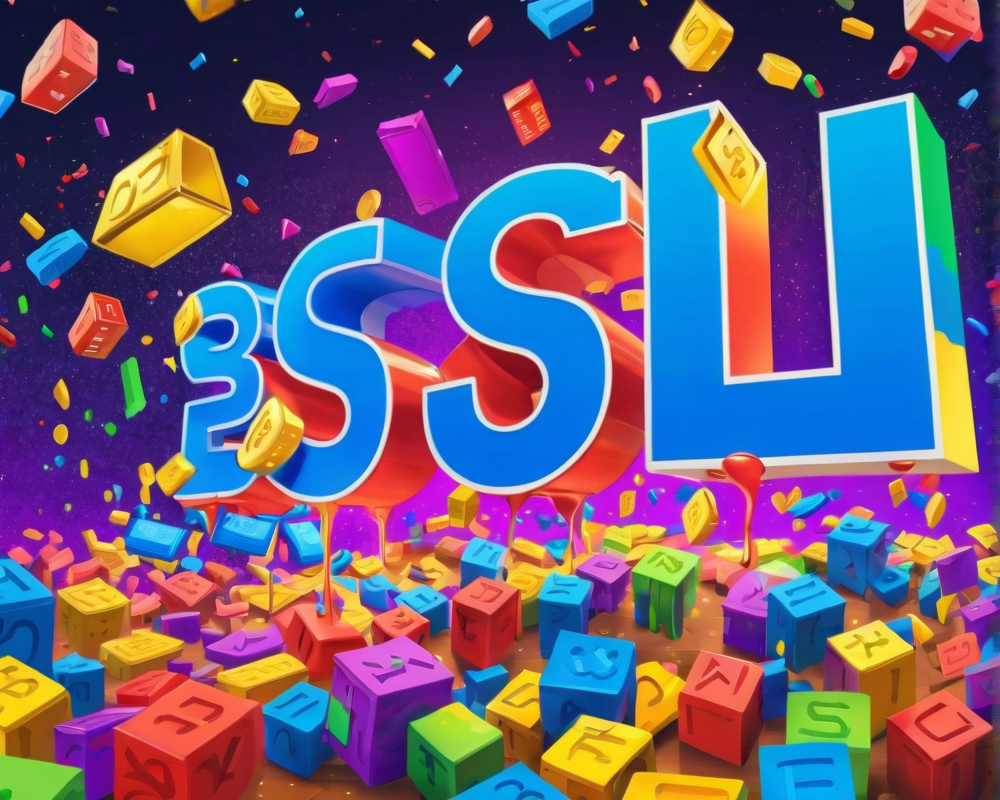Handing Back the Dollars
A U.S. judge has waved a financial magic wand, allowing the beleaguered crypto lender BlockFi to return a substantial $297 million to its customers who had deposits in the Wallet program. This is a welcomed revival for those pinning their hopes on getting back what they thought was lost forever. But wait—this windfall does not extend to all users; specifically, those who opted for BlockFi Interest Accounts (BIA) will need to keep their wallets zipped.
Understanding the Difference
It’s crucial to understand why the Wallet program is getting a VIP treatment while BIA users are left in the lurch. According to Bankruptcy Judge Michael Kaplan, the funds in the BIA accounts were not merely hanging around waiting to be returned—they were actively used by BlockFi in its complex lending business, making them a part of the bankruptcy estate. This means that those funds are earmarked for paying off the creditors. So, folks, if you’re in the BIA camp, it seems your money is going on a little trip— a trip you won’t benefit from.
The Unfortunate Transfer Saga
The courtroom drama thickened when nearly 48,000 BlockFi clients made moves to transfer a whopping $375 million from their BIA accounts to Wallet accounts just moments after BlockFi hit pause on its operations following the FTX collapse. The plot twist? BlockFi didn’t actually block those attempts on their front-end application, leading many users to think their funds were safely on the move. Unfortunately, the back-end was a different story—those transactions weren’t going anywhere.
Legal Arguments and Rejections
Some savvy lawyers argued that since BlockFi technically allowed the transfers to be requested, they should follow through and refund the customers. However, Judge Kaplan pointed out that according to BlockFi’s own terms of service, the lender was well within its rights to halt transactions when the company was in crisis mode. It’s like ordering food from a restaurant that has suddenly closed up shop—good luck getting a refund!
The Financial Landscape Ahead
BlockFi’s financial troubles became public back in late November when they filed for Chapter 11 bankruptcy protection, following an unsettling period of doubts about their viability amidst the FTX fallout. At the start of this messy situation, BlockFi had a liquidity of $256.9 million and a long list of creditors, including West Realm Shires Services Inc. (that’s FTX US in simpler terms) and a debt of $30 million owed to the U.S. SEC.
BlockFi’s roadmap to recovery won’t be easy. As of now, they are considering the sale of their crypto mining equipment and $160 million in Bitcoin-backed loans to start settling their debt with over 100,000 creditors, amounting to an eye-watering $10 billion. The company is expected to present its bankruptcy exit plan by May 15, with hopes of either selling its assets or snagging an outside investor to help restructure the troubled lender.



